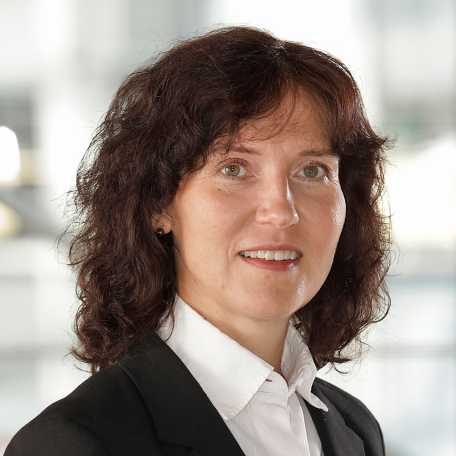Guest blog: Kati Tammilehto, Chief Operating Officer, PwC
Workplace-related decisions must be based on business operations. When office space is adapted according to the changing needs of business this actually means that the change takes place continuously.
In a large consulting company business growth is rarely a steady process in all functions. We want to support growth – that’s why we want to ensure that each function has suitable office spaces. We adapt our workspaces continuously so that they meet the needs of a particular time and group of employees, and we believe we have been successful in this respect.
New premises are sought less frequently while existing premises are adapted far more frequently.
As ways of working change, workplaces also need to change. Digitalisation has had a huge impact on our working methods and it means, for instance, that we don’t necessarily need to go to a customer’s premises in order to do work for them, as we can be in contact with the customer through digital means. This has increased the need for different types of workspaces for teamwork. On the other hand, we do more of our independent work at home, so there is less need for areas for independent work at the office. Informal meetings have now become more important, so we need more common areas that encourage social interaction.
Decisions are based on working and wellbeing
We want to offer our employees many types of spaces suitable for various needs. We also want employees to select their workplace according to the environment that best suits each activity. This results in lots of spontaneous meetings and new connections, which we believe will support business growth and development.
Changes naturally tend to bring up various emotions. While the employees who are used to new workspaces and working methods often like these changes, others wonder how they will be able to work in the new environment. It is really important that our employees are happy, so we want to support them in these changes.
The workplace must not prevent good work performance - premises must support employee wellbeing and working.
In my opinion, office infrastructure should be considered as a live organism, which needs to be able to serve all of its users. If we increase the number of workstations as the number of employees increases, we are also likely to need more spaces for informal meetings. We might also need to carry out a new assessment of needs for this changed situation so that we can find out the actual needs of the work community.
The same demands that are connected with the number of employees also concern other services related to the workday, such as restaurant and dining options. It must also be easy to move from one part of the workplace to another. Everything must function together - if even one piece does not work it will cause problems.
You learn more by listening than explaining
Assessments offer a true picture of how well the workplace serves various purposes. Feedback should be collected with quantitative and qualitative indicators. We know by experience that those employees who are able to participate in planning of the changes are more satisfied and actively on the side of the change than those who feel that the change is happening to them and have no opportunity to offer their opinions on the matter.
Feedback shows that getting employees involved already at the planning phase makes the implementation of the change a more positive experience for everyone.
The most important thing is that communication goes both ways so that it produces genuine dialogue. It is important to explain to the employees clearly how they can participate in the changes taking place around them.
Read Mikko Mäkelä's blog about the efficient use of premises.
